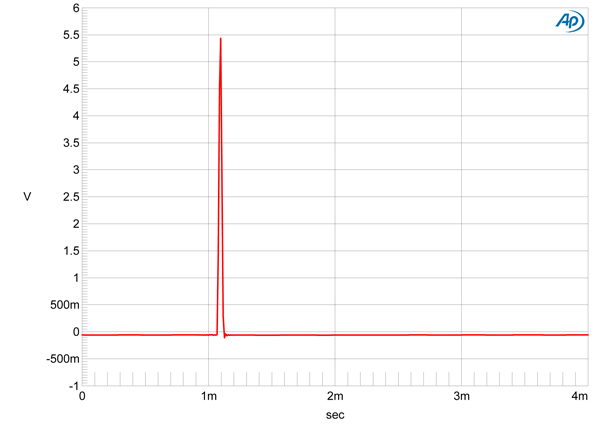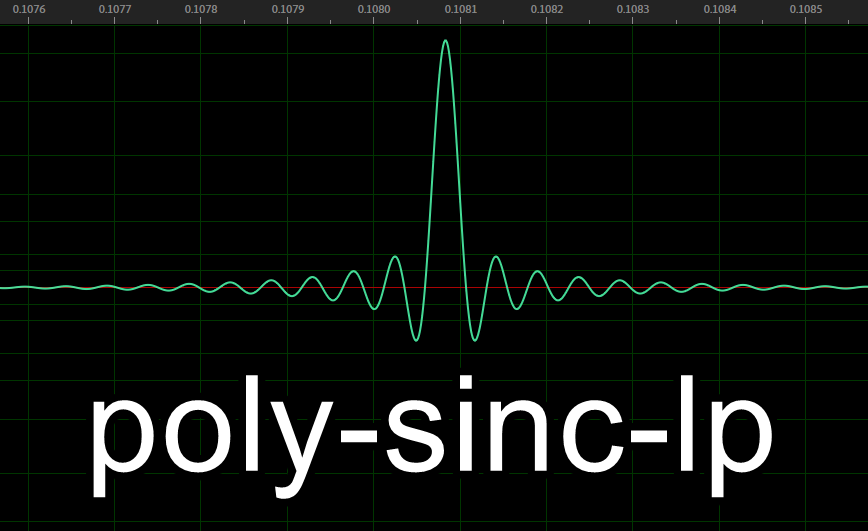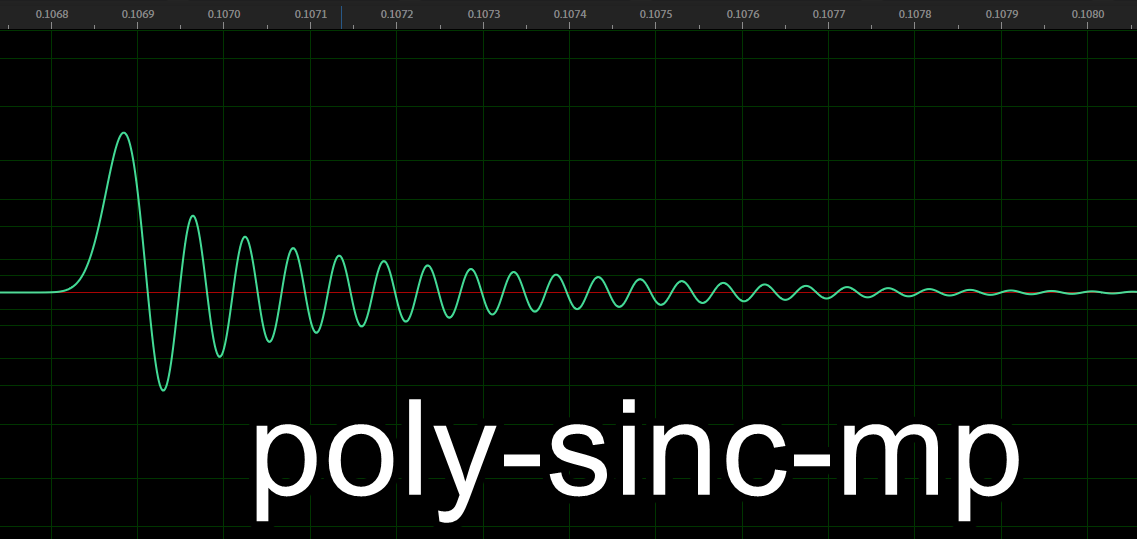Scrambling ultrasonic noise close to the Nyquist frequency of the analyzer's ADC (~100kHz) cause this ringing, it is a fact. A classic case of ringing due to the limited bandwith, but you tried to blame a limited bandwith test pattern. This is not true, as other NOS DACs like from Audio Note do not show ringing when JA tested them using the same test sample and the analyzer.
It is not a fact.
John Atkinson himself literally said it was because of the ADC sample rate....
As said before I'm not going to go round in circles with you when you're just repeating the same unfounded claims with 0 evidence. So I'll just repost what I posted last time you said this (
https://www.head-fi.org/threads/an-...st-and-holo-may-hqplayer.952934/post-16605353 )
Also if there was added noise/'scrambling' around 100khz then you'd clearly be able to see it when looking at a bandwidth above 100khz. And yet we do not.....
JA test is linked on the top.
And as another user already pointed out, JA in that very article says:
"Ignore the very small amount of symmetrical ringing before and after the single full-scale sample, which is due to the antialiasing filter of Audio Precision's A/D converter operating at a sample rate of 200kHz"
You then claimed that JA was wrong:
JA has skills and years of experience, I can't believe that he made such a wrong assessment.
This is not true at all.
You cannot capture a square wave, true NOS impulse response, or other signal that has content outside the nyquist frequency. It is mathematically impossible.
When we generate as perfect a square wave as we can, it looks like this, that is assuming you have sufficient bandwidth, in the case of this screenshot, the ADC is running at 2.5mhz.

Now if we change nothing other than the ADC sample rate, to the 192khz that JA was running:

Now we can see that the square wave is not perfect. Not because it isn't perfect in reality, but because we are not sampling at a high enough bandwidth to capture it. If we look in further we can see the ringing artifacts more clearly.

If we reduce our ADC sample rate to 44.1khz then because of our further reduced bandwidth limitation, this effect gets stronger:

We can even use a minimum phase filter on the ADC and the type of ringing changes:

So as John Atkinson said in that article. The ringing shown on that IR is due to the ADC sampling rate he was using. There is no such thing as infinite bandwidth, and no amount of production, mastering etc will change the basic principles (nyquist theory) upon which digital audio works.
If you have some actual evidence for your claim that Holo is using DSP (or any of the other claims you've made about various products then refused to back up), please share it.
Otherwise please stop making unsubstantiated claims about brands you don't like, and picking/choosing information to craft the story you want to tell. You can't use JA's graph as 'proof' but then say that his explanation of said graph is completely wrong....








































